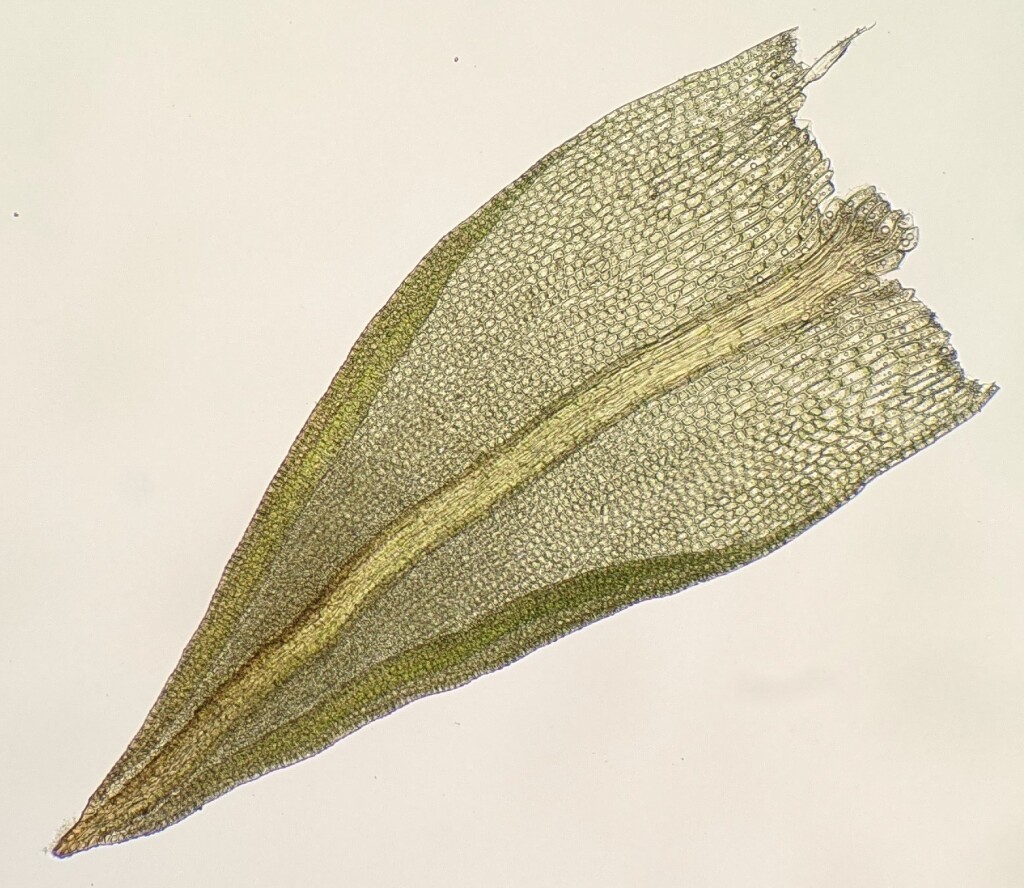Gertrudiella torquata
(Taylor) J.A.Jiménez & M.J.CanoTufts on soil. Stems 3–10 (–40) mm tall, orange or brown, not tomentose. Leaves patent when moist, curled and flexuose or often spirally twisted around stem when dry, broadly to narrowly lanceolate, 1–2.2 (–2.6) mm long, 0.35–0.6 mm wide, concave or carinate; apex acuminate; costa percurrent to excurrent a smooth rigid hairpoint; margins entire, recurved or revolute; laminal cells in apical half subquadrate or rounded-quadrate, isodiametric, 7.5–15 μm wide, papillose; basal laminal cells rectangular, 12–40 μm long, 5–15 μm wide, pellucid, smooth, gradually transitioning into papillose cells toward apex. Seta 10–20 mm long, reddish, twisted left. Capsules erect, narrowly cylindric to ellipsoid, straight or slightly curved, 1.75–2.5 mm long, brown. Peristome of 16 teeth, brown, strongly twisted to the left. Operculum bluntly rostrate from conic base, 0.8–1.2 mm long.
LoM, MuM, Wim, GleP, VVP, VRiv, MSB, RobP, MuF, GipP, WaP, Gold, CVU, GGr, DunT, NIS, EGL, EGU, WPro, HSF, HNF, OtR, VAlp. Widespread throughout most of the state, but mostly absent from high altitude and rainfall areas, occurring in dry sclerophyll woodlands, mallee, rock outcrops and roadsides and other anthropomorphic habitats. Widespread in Australia south of the Tropic of Capricorn. New Zealand and South America.
 Spinning
SpinningSynonyms
- Didymodon torquatus (Taylor) Catches.
- Didymodon subtorquatus (Müll.Hal. & Hampe) Catches.
- Barbula torquata Taylor
- Didymodon luehmannii (Broth. & Geh.) Catches.
- Barbula luehmannii Broth. & Geh.
- Barbula subtorquata Müll.Hal. & Hampe
- Barbula chrysochaete Müll.Hal.
- Barbula cylindrangia Müll.Hal.
- Barbula geminata Müll.Hal.
